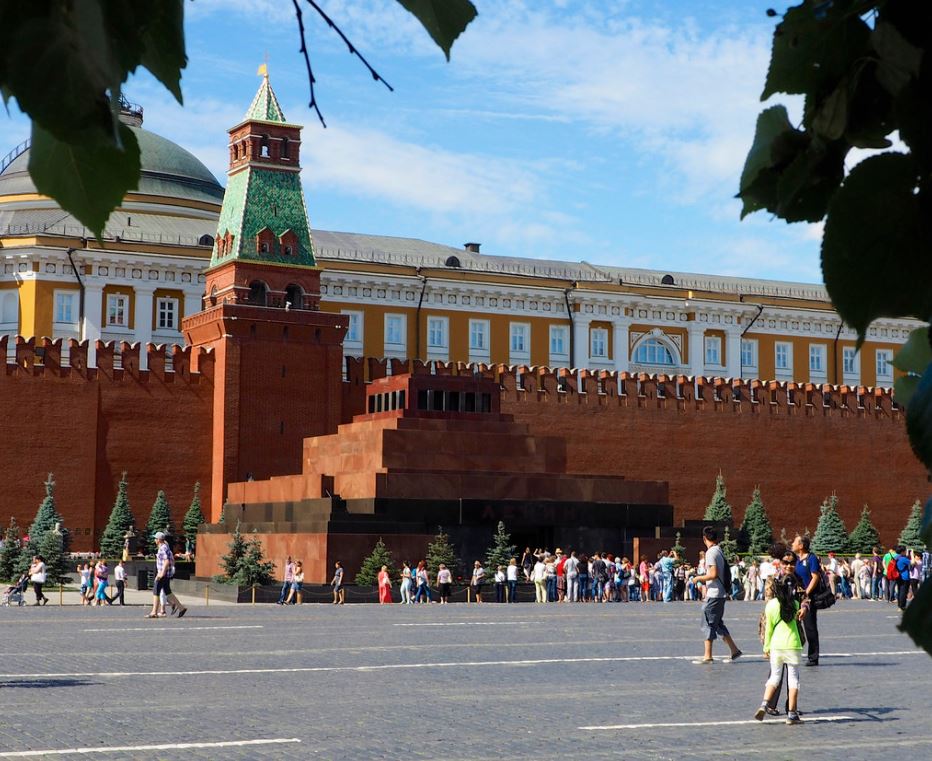One of the most intriguing buildings in Moscow is the remarkable mausoleum of one of the nation’s great leaders of the past.
In this post, we’ll take a closer look at some interesting facts about Lenin’s Mausoleum, the fascinating, yet the macabre final resting place of Soviet leader Vladimir Lenin.
1. It’s located on the most famous square in Moscow
Of all of the magnificent buildings located on Red Square, one of the most famous squares in the world in the heart of Moscow, the Mausoleum of Lenin is without question the most peculiar one.
It’s a rather dull-looking monument in the form of a step-pyramid which is situated right in front of the East Kremlin Wall. It serves as the final resting place of Soviet leader Vladimir Ilyich Ulyanov, better known as Vladimir Lenin, who died on January 21, 1924.
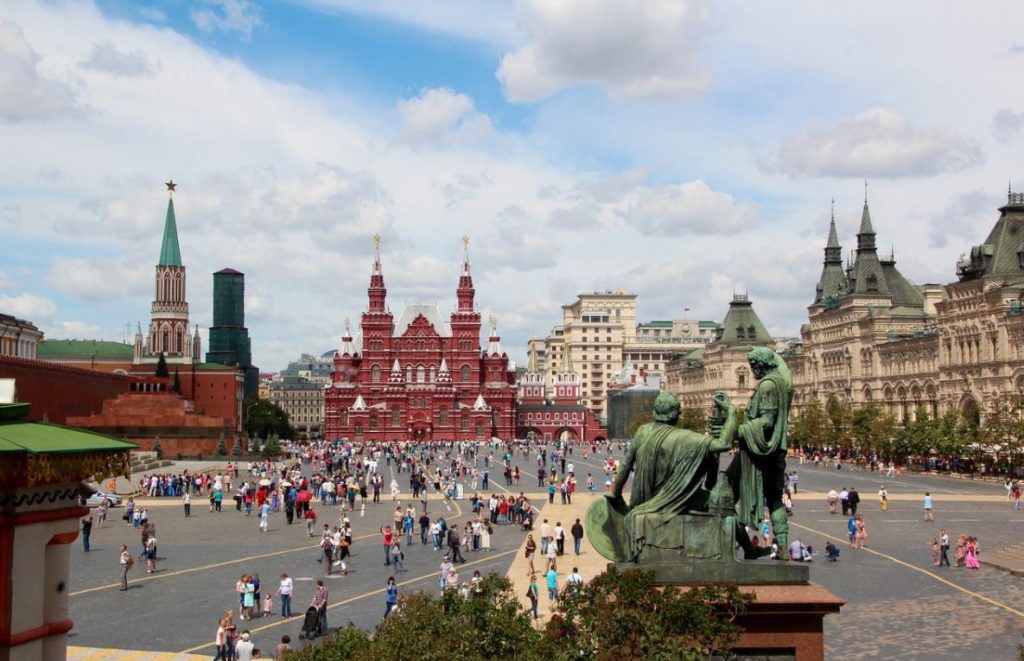
2. A wooden tomb was initially built 2 days following Lenin’s death
Shortly after his death, which wasn’t really a surprise since the man suffered his third stroke the previous year which left him partially paralyzed, a wooden structure was constructed so the people in Moscow could view his body.
A renowned Soviet architect named Alexey Shchusev (1873-1946) designed the structure and just a few days following his death, on January 27, people were lining up to get a glimpse of their dead leader’s body.
By August of that same year, this original wooden structure was replaced by a much larger one, and Lenin’s body was moved into a sarcophagus which was put on public display.

3. Lenin’s body has been on public display here since January 1924
One of the most remarkable facts about Lenin’s Mausoleum is that Lenin’s remains have been on public display inside this structure ever since he was first placed here less than a week following his death.
The sarcophagus in which his remains are kept is made of glass so you can literally see his embalmed body lying here, which is a pretty macabre sight, to be honest.
Between 1941 and the end of World War II, his body was temporarily moved to Siberia to avoid it being captured by the invading Nazi army. The old sarcophagus was replaced with a new one in the year 1973 as well.
A plan to move his body into a completely new structure which was to serve as Russia’s Pantheon, modeled on the Pantheon in Rome and Panthéon in Paris, was eventually shelved.

4. The current building was modeled on other funerary monuments
The design of the structure, a step-pyramid, wasn’t an accident. Time was a factor so the building was simply modeled on other funerary monuments, mainly the Step-Pyramid of Djoser, one of the oldest and most fascinating attractions in Egypt.
Other inspirations were found in the “Tomb of Cyrus the Great,” a monument dating back to the 6th-century B.C. in Iran, and the “Temple of the Inscriptions,” an enormous step-pyramid built by the Maya peoples in Central America.
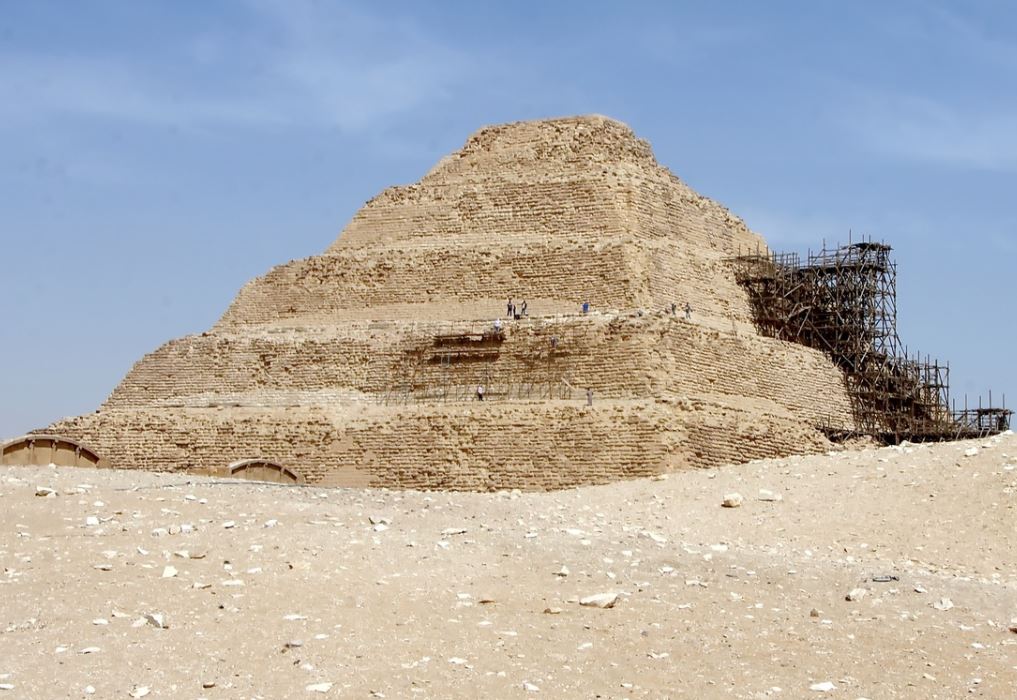
5. Lenin’s body was joined by another mummy following World War II
Between March 1953 and October 1961, Lenin’s body was joined by the embalmed body of Joseph Stalin (1878-1953), the ruler of the Soviet Union between 1927 and his death.
The 1960s was a period of de-Stalinization, though, a period referred to as the “Khrushchev’s Thaw” in which the suppressive regime was relaxed. This already started shortly following Stalin’s death and eventually culminated in his body being removed from Lenin’s Mausoleum.
His body was eventually buried inside the so-called “Kremlin Wall Necropolis” which is situated right behind the mausoleum.
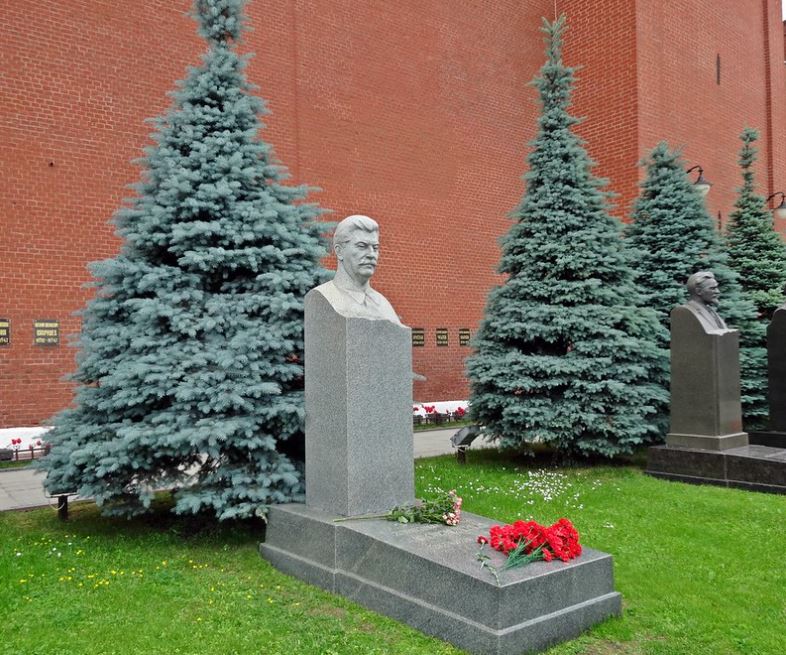
6. The mausoleum’s guard of honor was moved to another tomb
The Russian Guard of honor is referred to as the “Number One Sentry” and ceremonially protected the mausoleum since the order was given in 1984. This guard was eventually disbanded, though, shortly after the Russian constitutional crisis of 1993.
By 1997, this guard was officially reinstated but was ordered to protect the grave of the Unknown Soldier, a war memorial dedicated to the victims of World War II in the Alexander Garden near the Kremlin Wall.
Each guard has a one-hour duty before a new Changing of the Guard Ceremony takes place.
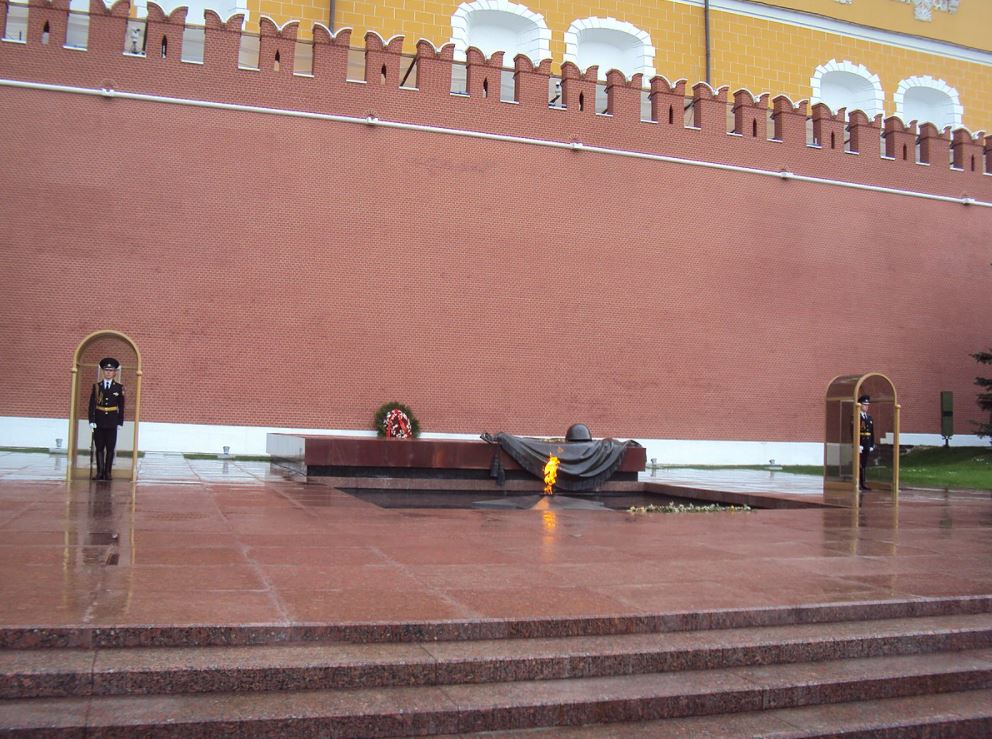
7. Keeping the corpse in mint condition isn’t an easy task
So how do you keep a dead body from decomposing, and even more complicated, looking the same as it did the moment that the man passed away?
Ever since the body was put on public display it has required special attention by a team of embalmers. To protect Lenin’s hands and face from displaying dark spots, they have worked on it with acetic acid and ethyl alcohol.
Further maintenance was needed with hydrogen peroxide to restore the skin’s original color. A combination of quinine or phenol, strong disinfectants, are being used to remove damp spots.
The result is pretty impressive as it appears that the man only passed away a few days ago, even though it’s about a century ago!
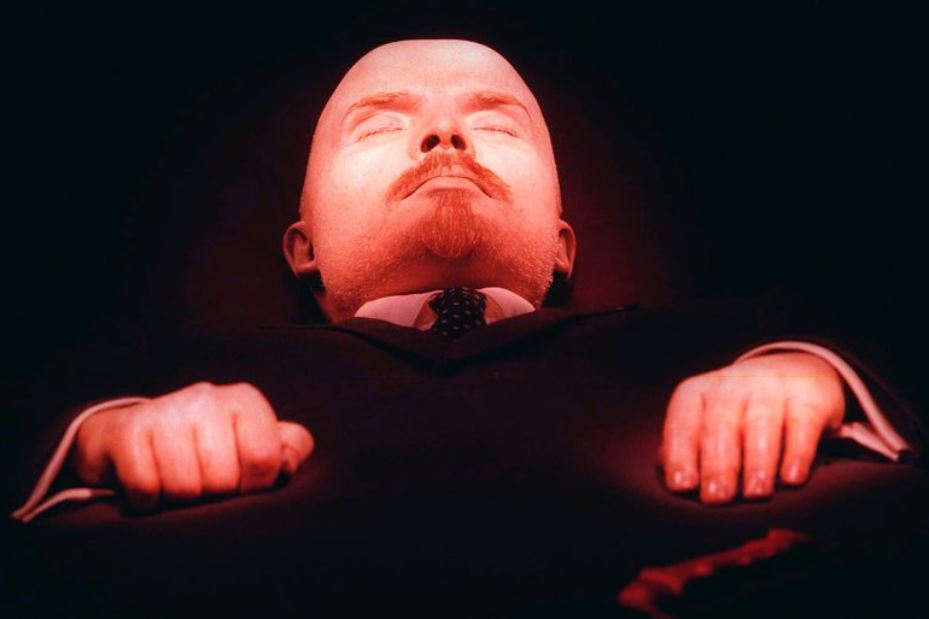
8. You don’t need to pay to enter this peculiar tourist attraction
So do you want to get a glimpse of Lenin’s dead body? You can, and you don’t even need to pay a fee to do so!
The mausoleum, one of the most peculiar tourist attractions in Moscow, is open every Tuesday, Wednesday, Thursday, and Saturday, between 10 am and 1 pm.
